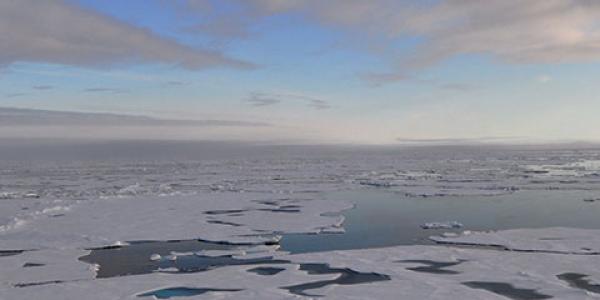Longtime partner provides historic data to NOAA’s archive

Many things become more precious with age. Historical environmental data are priceless when it comes to understanding and predicting changes to Earth’s systems. At NCEI, we are the keepers of decades of satellite observations, in situ profiles, model output, and other environmental information. In fact, we preserve over 38 petabytes of comprehensive atmospheric, coastal, oceanic, and geophysical data.
As the archive for NOAA, a lot of our data comes from NOAA’s line offices such as the National Weather Service, the National Ocean Service, and the National Marine Fisheries Service. But we also receive data and information from our partners, such as the U.S. Navy. Bringing vital environmental data from multiple sources together in one place enables NCEI to add value to the separate datasets by creating combined products that provide scientific insights.
NCEI receives data from partner organizations in different ways, but a December 2020 contribution to the NCEI archive illustrates the importance of a personal approach.
NCEI: The Place for Data
When Dr. William Burnett, Technical Director to the Commander Naval Meteorology and Oceanography Command (CNMOC), received four decades of historical unclassified Arctic data in the CNMOC offices, he immediately knew where the data belonged.
“I knew NCEI had the expertise and knowledge to analyze these data,” says Burnett.
The journey of the dataset illustrates the close tie between the Navy and NOAA. The data go back to 1930 and were collected by the U.S. Naval Weather Sea Command in Alaska, newly disestablished. The Navy turned the data over to the National Weather Service decades ago when it opened one of its forecast offices in the state. The National Weather Service kept the data safe for years before deciding the home for this original Navy data was CNMOC. Now it has found a permanent home in the NCEI archives.
Burnett called Sharon Mesick, Chief of NCEI’s Oceanographic and Geophysical Information Services Branch, to arrange the transfer of the five binders of observational environmental data covering eight Arctic subregions collected between 1930 to 1970. The physical data was forwarded to the NCEI archives in Asheville, NC, for cataloging.
Burnett credits the unique relationship between agencies at Stennis Space Center in Mississippi for his understanding of NCEI’s capabilities to analyze and archive data. NOAA and the Navy have worked together at Stennis since NOAA was established in 1970, and the missions of NOAA and Navy entities at Stennis are often in alignment.
“The warming of the Arctic region is an important issue,” Burnett says. “This data can help us understand what was observed in the past and may be able to help us understand the rate of warming today and in the future.”




